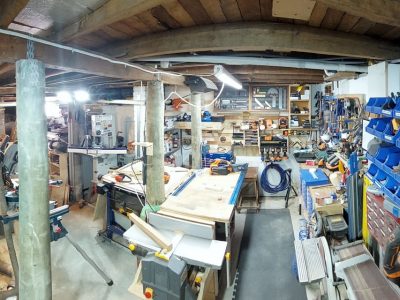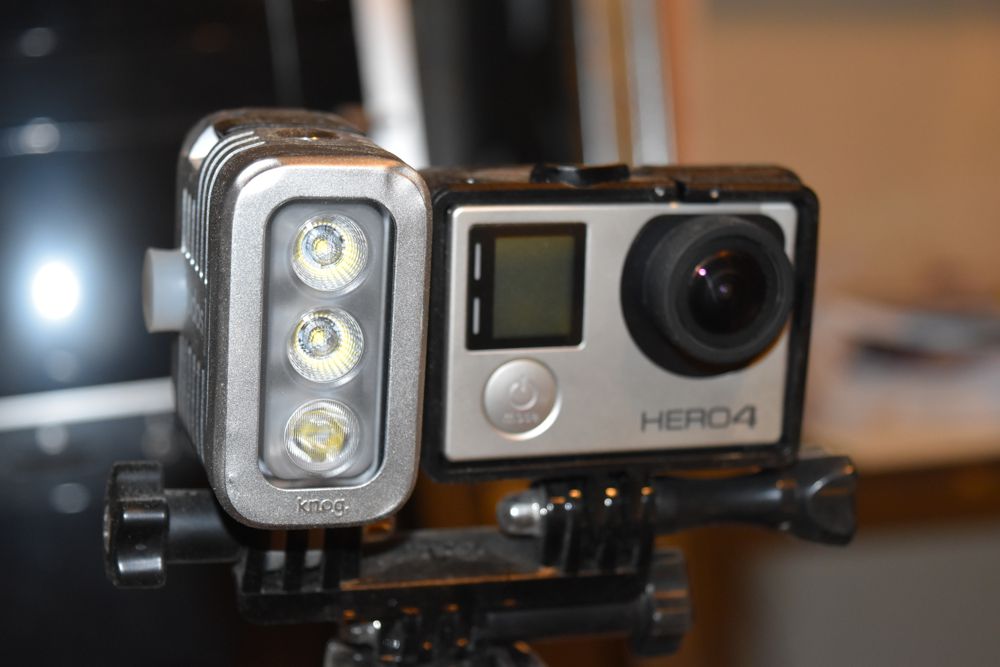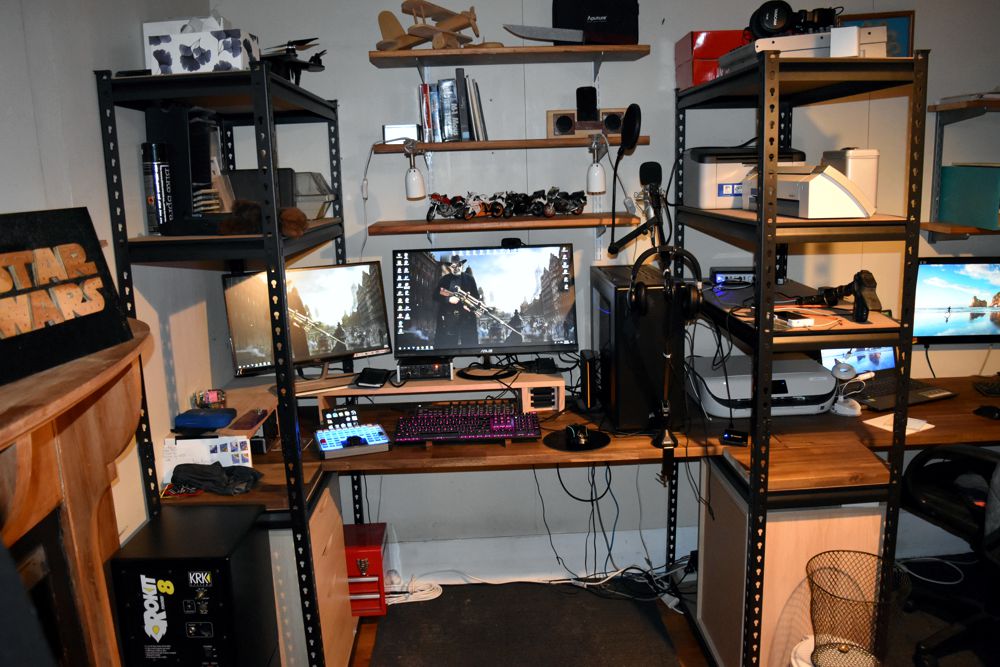I’ve been navigating the CorelDRAW Suite since its early days, starting from version 3 back in 1992. Over the years, I’ve honed my skills with the software, continuously learning new tricks through trial and error and online resources like YouTube. While I wouldn’t consider myself an expert, I confidently classify myself as a proficient or advanced user of Corel in general.
In 2020, CorelDRAW ventured into the subscription model territory, a move that didn’t sit well with me. As someone who prefers the traditional one-time payment model, I’ve steered clear of subscription-based software, including Adobe products. I believe in upgrading software when it’s necessary and beneficial, rather than being tied to annual subscriptions. However, Corel’s transition to a subscription model left me exploring alternatives.
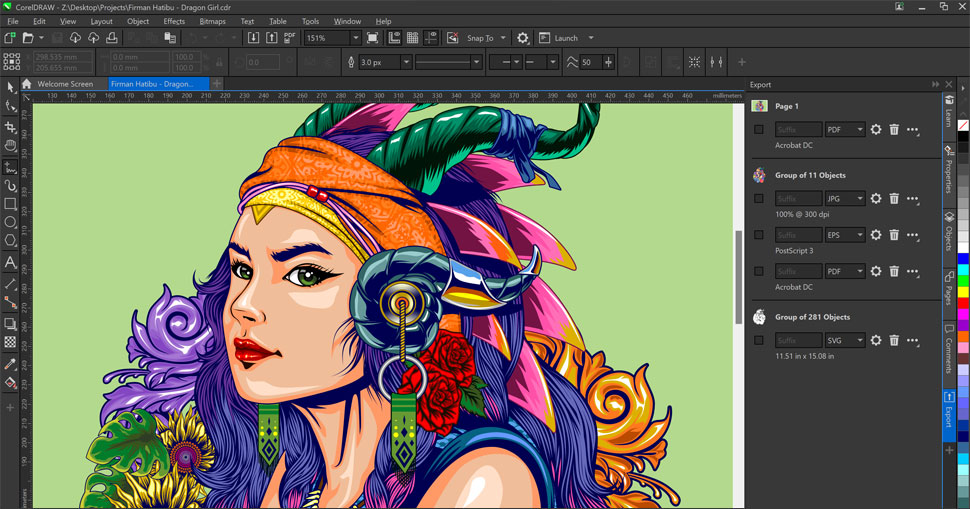
CorelDRAW
Although Corel still offers one-off licenses, obtaining them has become increasingly cumbersome and expensive. The cost of these licenses has skyrocketed, with new features often failing to justify the expense. The subscription model, on the other hand, forces users into yearly payments, regardless of whether they need upgrades or not. This approach not only restricts flexibility but also locks users out of their production files if they can’t maintain their subscription.
After encountering issues with CorelDRAW’s subscription renewal in 2023, I decided it was time to seek out replacement software. Technical glitches on their website compounded my frustration, pushing me to explore other options. Despite attempts to resolve the issue with Corel’s support team, I found myself at a dead end, prompting me to consider alternative software solutions.
In my search for a CorelDRAW alternative, I experimented with various options, including InkScape, an open-source application known for its capabilities. While InkScape impressed me with its functionality, I found its interface lacking and its performance occasionally sluggish. Adobe Illustrator, another contender, was disqualified long ago due to its subscription-based model and unfavorable reputation among users.
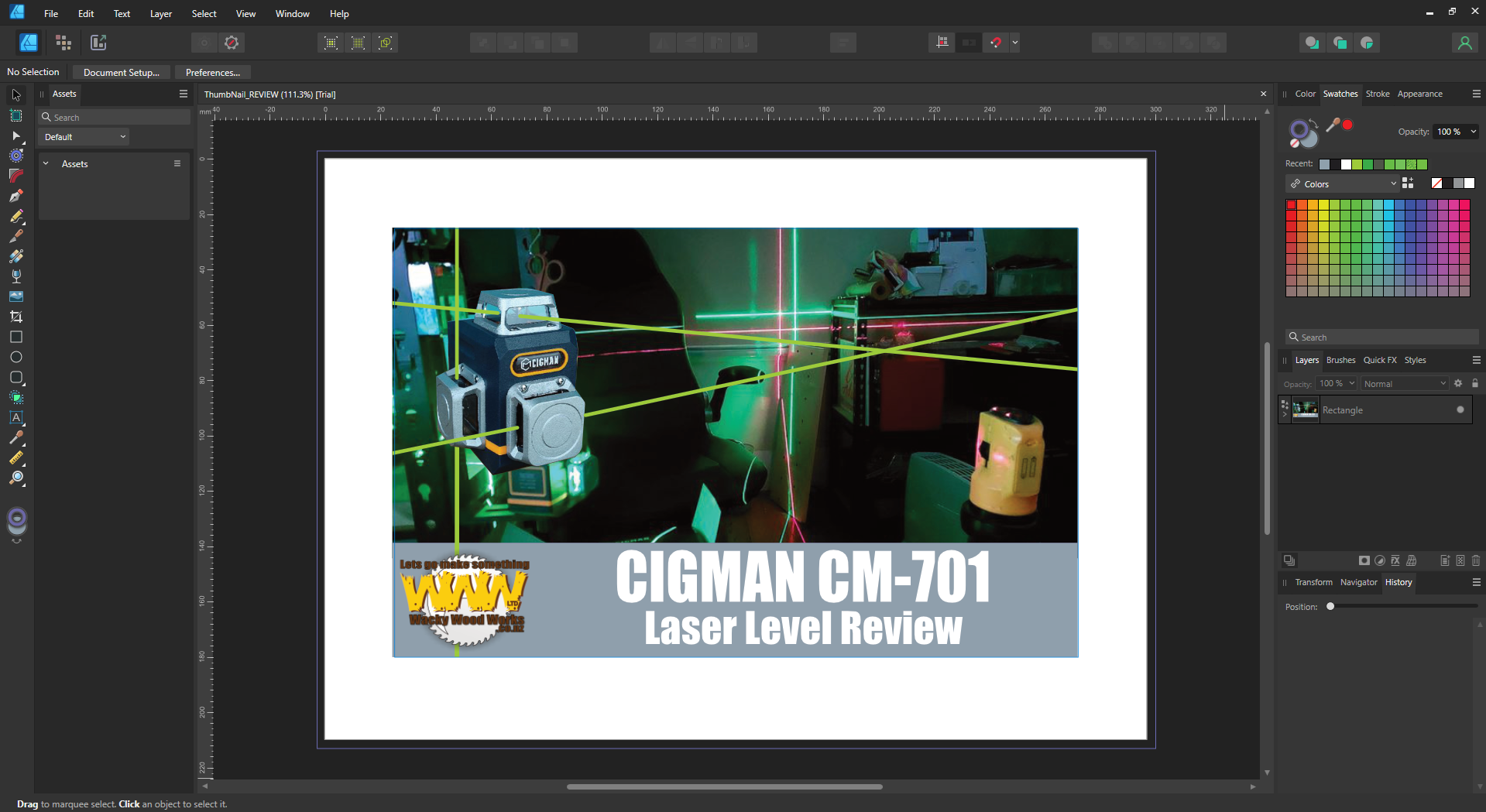
Affinity Designer V2
Transitioning from CorelDRAW to a new software suite posed its challenges, particularly in finding replacements for accompanying applications like Corel Paint, Corel Trace, and Corel Capture. Despite these hurdles, I found Affinity Designer to be a promising candidate. Although it lacks some features present in CorelDRAW, its ecosystem and style align well with my needs. Workarounds and supplementary applications bridge the functionality gap, making the transition smoother.
As for video editing, my experience parallels that of CorelDRAW. HitFilm, once a reliable choice, succumbed to the subscription model after years of promise to the contrary. Now, I find myself gravitating towards DaVinci Resolve, drawn to its absence of subscription obligations and promising features. While the software landscape continues to evolve, I’m cautiously optimistic about the future and remain open to new possibilities.
I’ve been thoroughly enjoying Affinity Designer and its ecosystem, finding its style and functionality to be quite appealing. While there are a few features missing, I’ve discovered workarounds and smaller specialist apps that help meet those needs.
For instance:
- I’ve transitioned from CorelDRAW to Affinity Designer.
- CorelPAINT tasks are now handled by Affinity Photo.
- CorelCapture’s role has been taken over by LightShot.
- Affinity Publisher now fills the void left by CorelDRAW in terms of DTP Multi-page functionality.
- As for CorelTRACE, I’m still exploring alternatives.
- Corel AfterShot 3 Standard is currently not applicable in my workflow.
As for committing fully to the Affinity ecosystem, the decision is still pending. However, I’m leaning towards embracing it further, especially considering that I’ve already purchased Affinity Software.
Regarding video editing, my experience with HitFilm and PowerDirector mirrors that of CorelDRAW. Despite initial assurances against a subscription model, HitFilm eventually succumbed to it after being acquired by a larger media company. While I continue to utilize the last stable version of HitFilm, I’m inclined towards transitioning to DaVinci Resolve.
DaVinci Resolve’s lack of a subscription model is a significant factor in my consideration. As of now, you can still opt for a one-time license, providing long-term usage flexibility. However, the future remains uncertain, and only time will tell how software licensing models evolve.

